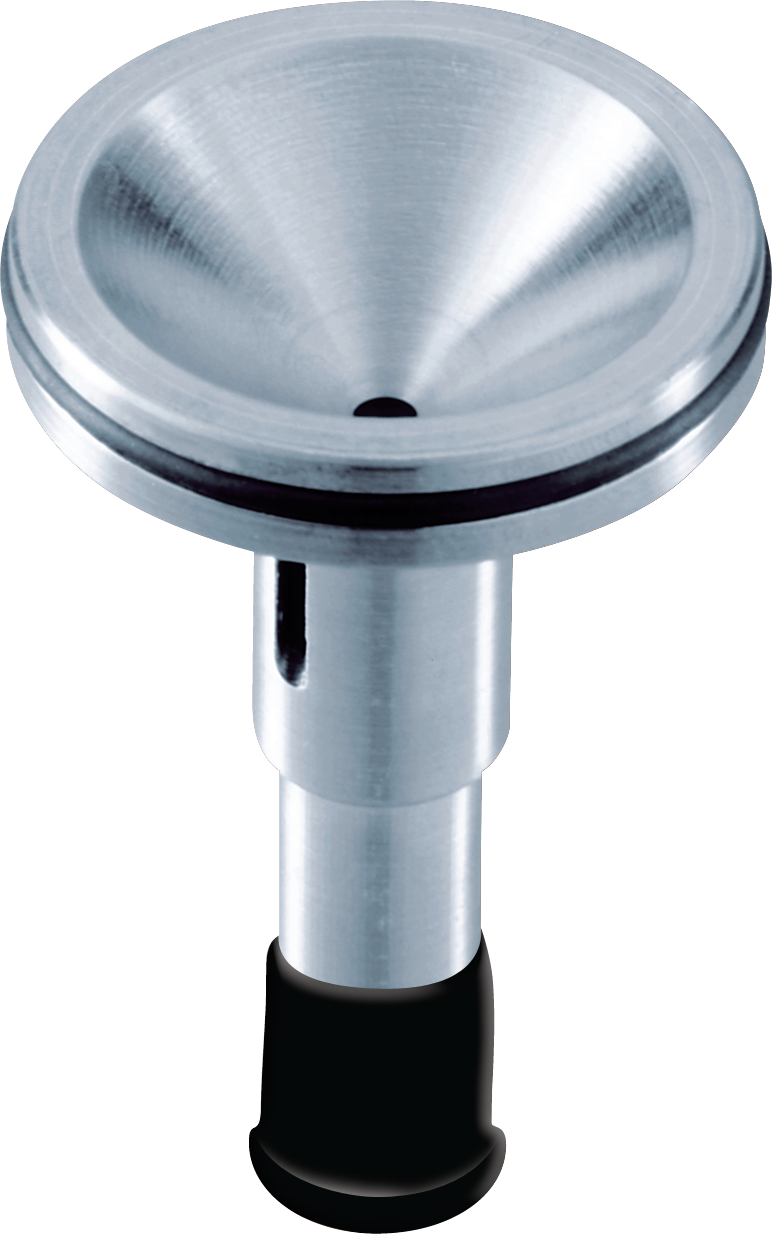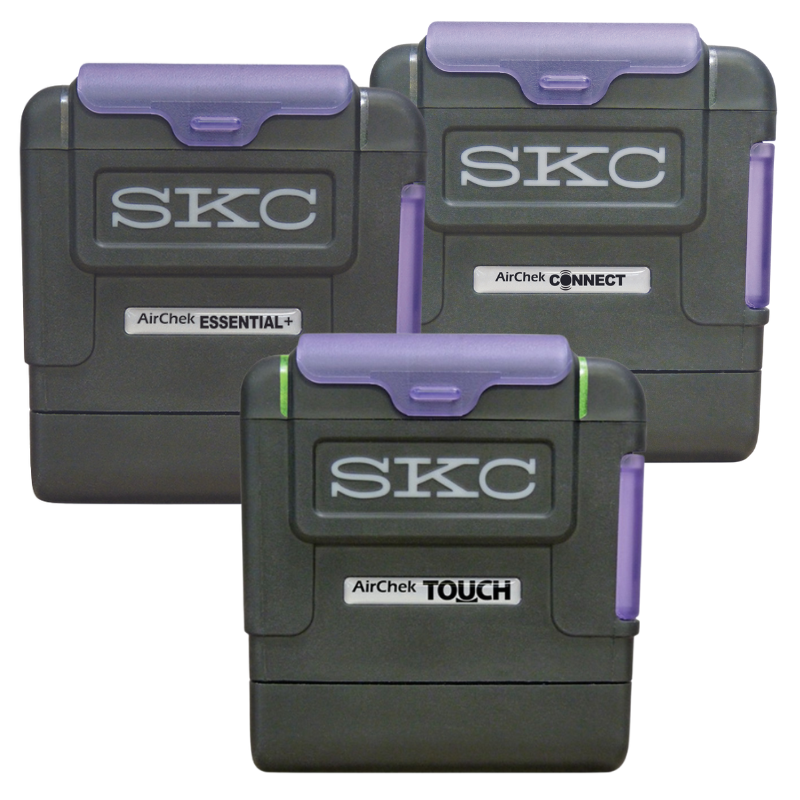


Not sure? Consider renting!
SKC MSHA Silica Rental Kit
All the equipment you need for use with SKC PPI Samplers make silica sampling accurate, covenient, and simple.
- AirChek TOUCH Pump and charging accessories
- chek-mate Flowmerer
- Representative sampler and calibration adapter for flow rate verification
- Tubing
- QR to How to Sample for Silica Video
- Hard-sided carry case
COMPLEMENTARY SILICA MONITORING
In its Silica Rule, MSHA comments that “…analysis of samples using accredited laboratories is the most accurate reliable method for determining RCS exposures for compliance purposes.” However, real-time dust monitors can help mine operators identify exposure conditions while the operator evaluates and implements controls to reduce exposure.
 For real-time silica monitoring to aid in evaluation during control implementation, SKC offers the EDC SM-7204 Monitor. Not only does the SM-7204 Monitor provide immediate real-time readout of silica concentration but also can take a concurrent filter sample via the filter cassette located behind the sensor placed in the worker’s breathing zone. The SM-7204 is available in kits with either an SKC cyclone sampling inlet or the SKC PPI inlet/sensor – each meet the ISO 7708 criteria. The filter sample would be sent to a laboratory for gravimetric analysis and can be used for cross-calibration of the monitor’s displayed concentration.
For real-time silica monitoring to aid in evaluation during control implementation, SKC offers the EDC SM-7204 Monitor. Not only does the SM-7204 Monitor provide immediate real-time readout of silica concentration but also can take a concurrent filter sample via the filter cassette located behind the sensor placed in the worker’s breathing zone. The SM-7204 is available in kits with either an SKC cyclone sampling inlet or the SKC PPI inlet/sensor – each meet the ISO 7708 criteria. The filter sample would be sent to a laboratory for gravimetric analysis and can be used for cross-calibration of the monitor’s displayed concentration.
SILICA RESOURCES
Government Information
OSHA Final Silica Rule
OSHA ID-142 (v4) Sampling Method
OSHA Standard Interpretation Letter: Devices Meeting ISO/CEN Criteria for RCS Sampling
MSHA FAQs: Respirable Crystalline Silica (30 CFR Part 60)
MSHA Final Silica Rule News Release
MSHA RCS Safety and Health Alert
NIOSH 7500 Sampling Method
Additional Information
SKC WebIH Webinar: MSHA’s Final Silica Rule: Navigating Update and Implications
Compliance Silica Sampling Tools Video
PPI Samplers and Expertise for Compliance-MSHA Final Silica Rule
2 and 4 L/min Respirable PPI Impactor Performance Report – Rutgers Project
8 L/min Respirable PPI Impactor Performance Report – Rutgers Project
SKC Performance Summary of Third-party Validation of SKC PPI Respirable Impactor Performance

